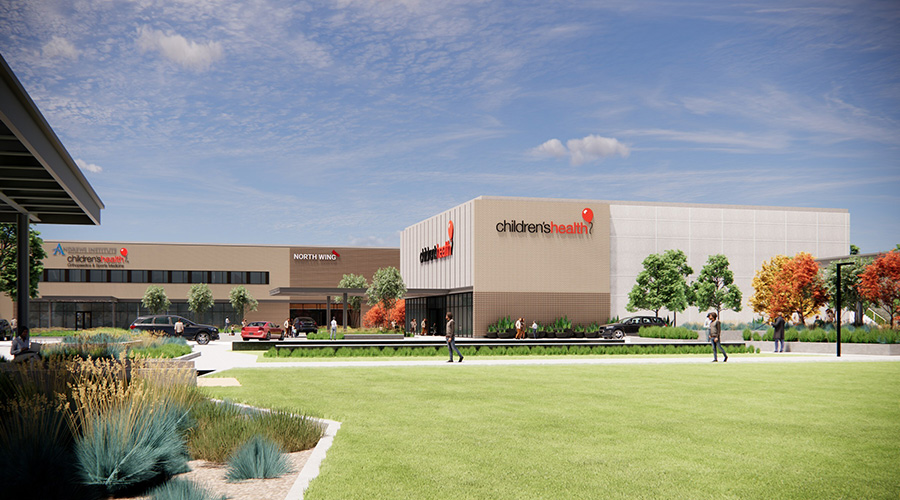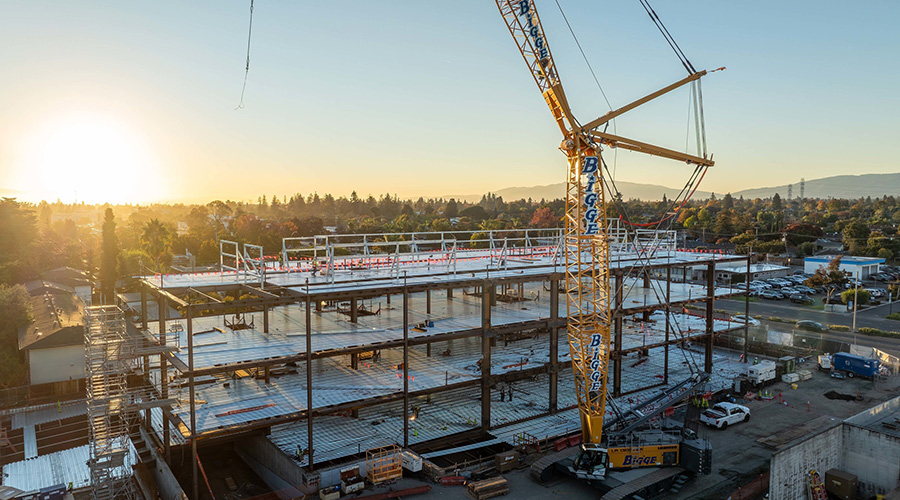The Fenestration and Glazing Industry Alliance (FGIA) has updated a crucial guide outlining the considerations necessary for choosing proper glass for non-residential skylight and sloped glazing applications based on the best industry practices and technology, as well as describes the minimum requirements for sloped glazing as specified in the International Building Code (IBC). AAMA GDSG-1, "Design Guide for Sloped Glazing and Skylights," an FGIA standard, was last updated in 1987, when it was first created.
"Proper glass construction is intended to meet specified design loads and reduce the probability of glass breakage. Guidance is provided as to the types of loads to which a sloped glazing product may be subjected. It discusses many of the differences in design considerations between vertical glazing and sloped glazing which must be taken into account," Heather continued.
Per the guide's introduction, for many years, simple skylight units and factory clerestories utilized single lite wired glass. In more recent years, sloped glazing has grown into a prominent feature of modern architecture. Atrium enclosures, monumental metal framed skylights and canopies are now common. Today, other glass types such as laminated, fully tempered and heat-strengthened glass and sealed insulating glass units are widely used.
The performance and selection of glass have become major and critical factors. Changes in building code requirements, design practices, available glass products and industry standards are a result of the growing use of complex and large sloped glazing systems. In this guide, emphasis is placed on the importance of meeting product requirements for specification performance, energy conservation, daylighting and the safety of building occupants.
AAMA GDSG-1, as well as other AAMA documents available from FGIA, may be purchased from the online store.
More information about FGIA and its activities can be found at https://fgiaonline.org.
 Spaces That Support: Patient-Centered Design for Modern Reproductive Health
Spaces That Support: Patient-Centered Design for Modern Reproductive Health Modernization of Buildings Require Collaboration Across All Disciplines
Modernization of Buildings Require Collaboration Across All Disciplines Children's Health Announces Plans for RedBird Specialty Center in Texas
Children's Health Announces Plans for RedBird Specialty Center in Texas How Can Healthcare Facilities Use Efficiency to Drive Climate and Health Goals?
How Can Healthcare Facilities Use Efficiency to Drive Climate and Health Goals? El Camino Health Rehabilitation Hospital Officially Tops Out
El Camino Health Rehabilitation Hospital Officially Tops Out